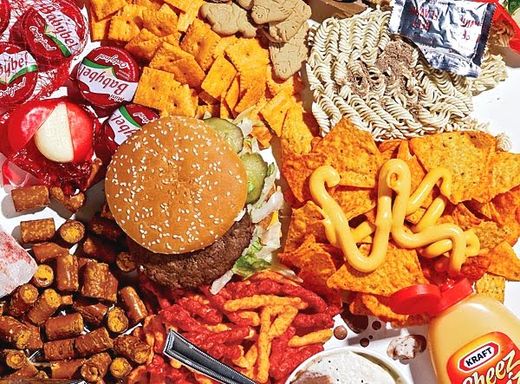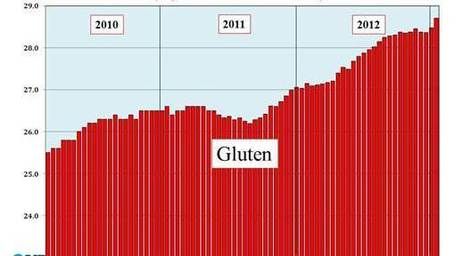The Centers for Disease Control (CDC) is again screaming about yet another antibiotic-resistant disease. The latest, a mouthful called carbapenem-resistant Enterobacteriaceae (CRE) is resistant to nearly all - possibly all - antibiotics and kills one in two people who get it. That makes it one of the most dangerous infectious diseases known.
The increasing number of antibiotic-resistant diseases is terrifying, but the fact that we need to face up to is that these diseases are all caused by the treatment that modern medicine has relied on as the primary excuse for its existence for decades: antibiotics. These drugs were supposedly the greatest invention ever made. They were going to rescue us from all infectious diseases. We were entering a new era.
And it's certainly proven true that we've entered a new era - but it's one of far worse diseases than those originally treated with antibiotics!
- Methicillin-resistant Staphylococcus aureus (MRSA) originally burst into headlines as the horrific flesh-eating bacteria. It's still that, though it's been given the gentler name of MRSA.
- Clostridium difficile (C diff) has a mortality rate that may run from 10% to 30%. It's a severe, and often relapsing, disease that causes diarrhea, inability to eat, and lack of energy, not to mention pain.
- Escherichia coli (E coli) is a natural pro-bacterium that normally lives in the human gut. But it's been turned into a killer disease with antibiotics.











Comment: Further research into the many ill health effects of a gluten-based diet clearly demonstrates that people are beginning to realize that gluten is not the 'staff of life' or the basis of a healthy diet:
Gluten - The Hidden Killer
The Many Heads of Gluten Sensitivity
Is gluten from grains making you sick?
Do You Have Gluten Whiplash?
Gluten: What You Don't Know Might Kill You
Why is Wheat Gluten Disorder on the Rise
Wheat gluten newly confirmed to promote weight gain
How Long Does That Tiny Bit of Gluten Affect Your Body?
Leaky Gut - Leaky Brain - Gluten is an Equal Opportunity Destroyer
New England Journal of Medicine: Gluten Can Cause 55 Diseases
Headaches, Depression, Nerve Damage, and Seizures...Is Gluten to Blame?
Gluten & Your Nervous System - Depression, Brain Abnormalities, and Neuropathy
Sensitivity To Gluten May Result In Neurological Dysfunction; Independent Of Symptoms
The Hidden Link Between Gluten Intolerance and PMS, Infertility and Miscarriage